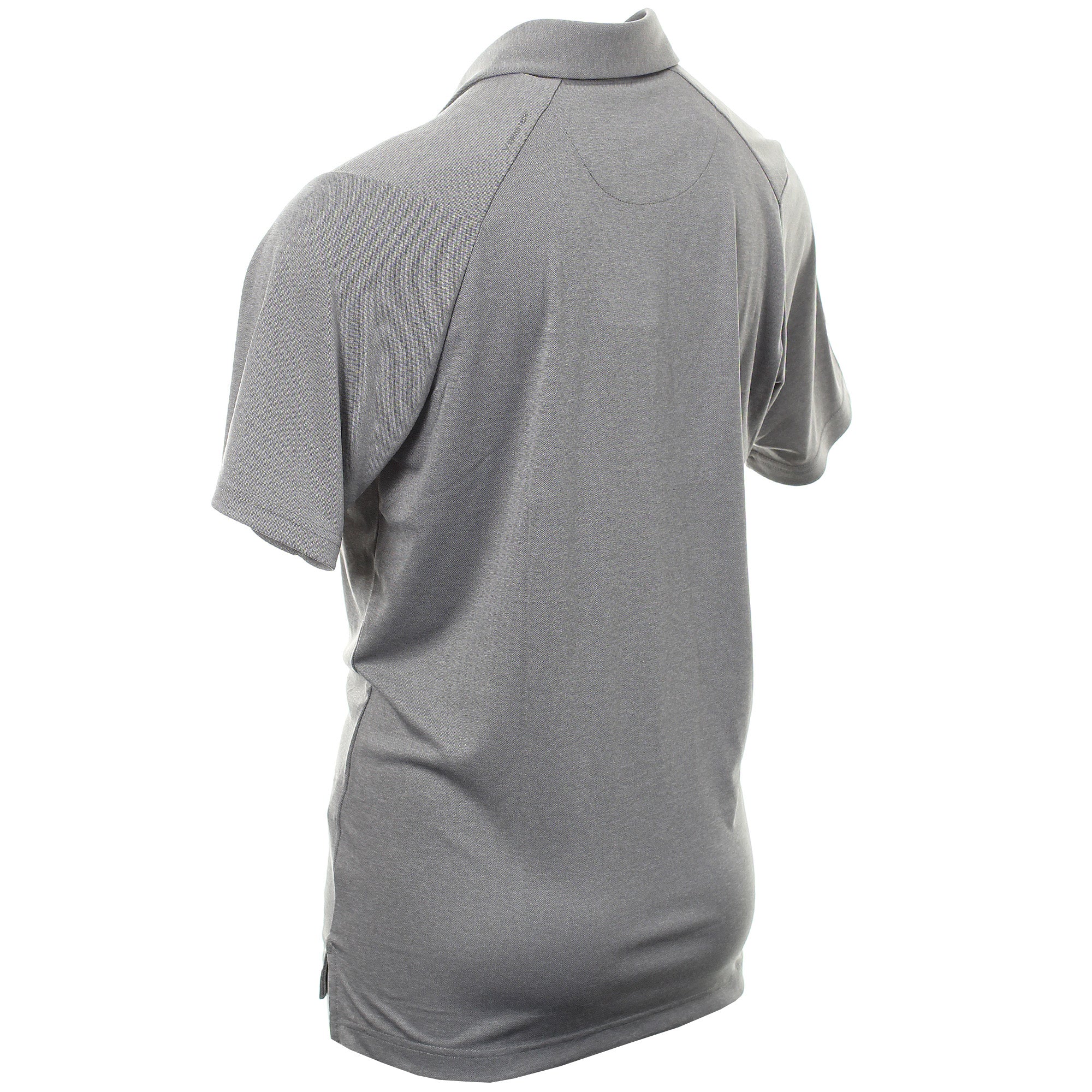


Any data we gathered wouldn’t be a good thing to base your buying choice on it’s far more important to find a model that suits you and your individual putting stroke. Our experience has shown that the data collected varies too much from one day to the next to be meaningful. Unlike our other tests, we haven’t provided any data for our putters’ test. Putters traditionally had slim grips, but in the last couple of decades, very thick grips have become extremely popular as they tend to encourage your hands to stay passive, which creates a more stable putter face through the stroke. The correct length largely depends on your height but also the way you stand when putting basically, the distance from your wrist to the floor when you address a putt is the length of putter you need. Putters are typically 33″ to 36″ (discounting arm-lock models, which are longer). A putter with no toe hang is often called “face balanced” and the face will be pointing straight to the sky in the previously described test. A simple but effective way to see how much toe hang a putter has is to balance the shaft on your finger the angle at which the head points down towards the ground when hanging freely is the amount of toe hang.

Generally, golfers with more arc in their putting stroke will benefit from more toe hang, while those with a ‘straight back and through’ stroke will want less toe hang. Toe hang is measured in degrees and basically dictates how much the putter wants to rotate during your stroke. Most putters come with different hosel options, which not only affect the look but also the amount of ‘toe hang’ the putter has. If you use a triple track golf ball, a putter with three lines can work brilliantly. If you draw a straight line on your ball, a single line on your putter can be a great accompaniment for that. It’s all personal preference, so it’s a good idea to pick up as many putters as you can and see what type of alignment aid suits your eye. Putters, particularly mallets, now come with all sorts of different visual aids on top to help you align putts and strike the ball in the middle of the face. The black-and-white combo works really well and anything that could be included to help with alignment is in there. The hole can be used to pick up the ball as well, which older golfers will find handy as many mallets mean bending right down to pick up the ball. The Ping Tyne G is packed with alignment features, including a single white line to run through the middle of the golf ball, two further white lines on the back, a frame that surrounds the golf ball and the circular hole which is the same diameter as the ball. The 2023 family is mainly made up of big-selling Ping models, along with a sprinkling of new shapes to create a nine-model range, and there’s an option to suit every stroke.

So, where PLD heads are typically created in one piece, 2023 models use tungsten weighting, polymer face inserts and steel/aluminum body sections to improve feel while also upping stability and forgiveness. Ping’s 2023 putters optimize performance through multi-material constructions. It’s a cracking idea and serious food for thought. So, where a 2cm mishit with a standard MOI putter will miss the hole from 9.2 feet, the Frontline will have you making the same putt (with the same mishit) all the way back to 12.7 feet. With front-weighted models, though, the CG is closer to the face, so the rotation circle is smaller, meaning deviation is tighter, and mishits don’t travel as offline.Ĭleveland have done their homework and says the Frontline Elite family are 38% more accurate than conventional MOI putters. Cleveland says that if the CG location is further from the face, the rotation arc is bigger, so putts get pushed further offline. It boils down to how heads rotate around their center of gravity when mishit.
#Callaway odyssey golf shirts drivers
They say that while golfers have been told weight further from the face is a good idea in drivers (as it increases MOI and forgiveness), the theory doesn’t add up on the green. But Cleveland have taken the idea one stage further. The trend started when tour pros realized the set-up offered the launch and feel of a blade from a slightly more forgiving, compact mallet shape. The idea of a forward center of gravity in putters has gained momentum over recent years.


 0 kommentar(er)
0 kommentar(er)
